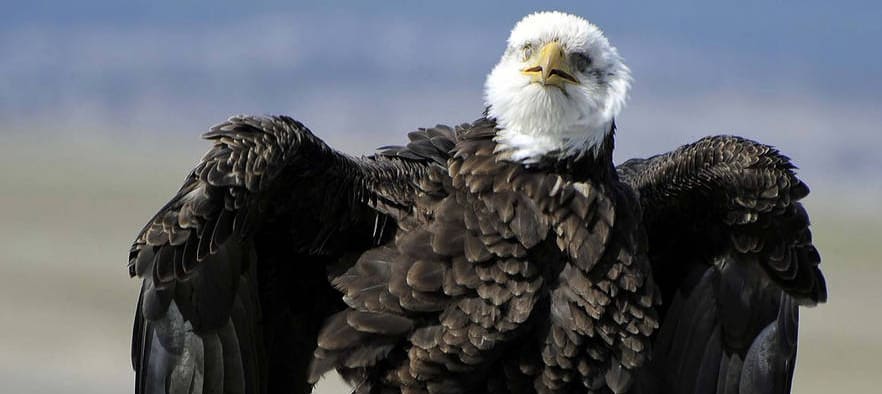Share this article
Community science can steer wind farms away from eagles
As wind energy increases in the United States, researchers are looking for ways to protect birds that are at risk of dying from striking wind turbines. One way is through community science.
In a new study published in the Journal of Applied Ecology, a team of researchers recently turned to eBird, a community science program started in 2002, to help them find out what areas are less likely for bald eagles (Haliaeetus leucocephalus) to collide with turbines in potential wind energy sites.
“There are all of these different data sets, which are great, like the Breeding Bird Survey and statewide surveys of nests and other data that are not as high resolution and only covered one point in the year,” said TWS member Viviana Ruiz-Gutierrez, an assistant director for the Center of Avian Population Studies and lead author of the study. “For a comprehensive view of collision risk, we turned to citizen scientists, which collect data all year round.”
The U.S. Fish and Wildlife Service approached Ruiz-Gutierrez and her colleagues to collaborate on an effort to define areas of low collision risk for bald eagles in the hope of using the data in the permitting process for future wind farms.
The team used relative abundance estimates generated by the Cornell Lab of Ornithology’s status and trends team based on community science data from eBird. They found the eBird estimates agreed with data from several other sources, including the Christmas Bird Count. As a result, Ruiz-Gutierrez said, the team has recommended the USFWS use eBird information as an alternative to time-consuming surveys in the permitting of wind facilities.
Researchers now would like to try the same approach to assess risk for golden eagles (Aquila chrysaetos) and other raptors.
“If everybody submits information to a common platform, this is the kind of effect we can have with citizen science,” Ruiz-Gutierrez said. “This shows the potential. If we collect it and curate it and conduct robust statistical models, we can use this information to guide policy.”
With 140,000 to 500,000 birds already dying each year from turbine collisions, Ruiz-Guttierez said, this research is important, especially as wind energy development increases.
Header Image: Bald eagles are at risk of dying from strikes with wind turbines. Credit: USFWS








